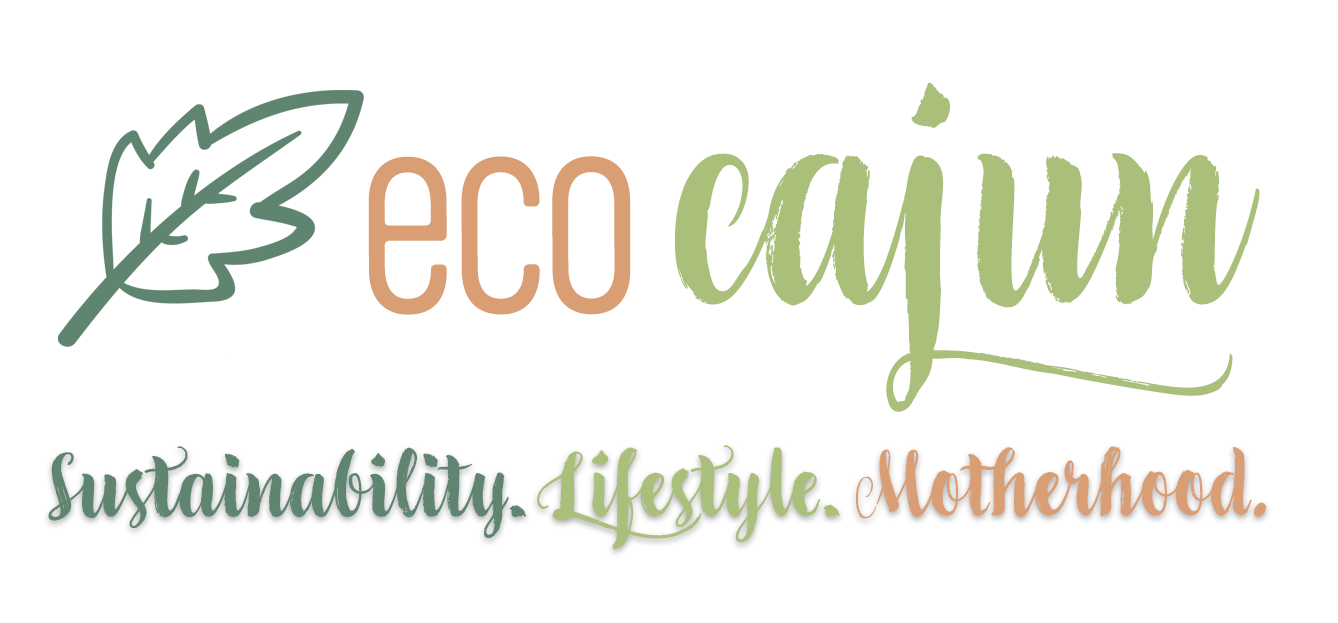I have to admit, the incandescent light bulb ban that went into effect on January 1 took me by surprise. I am 100% an advocate of using energy-efficient lighting, but was did not know that traditional bulbs were actually being phased out of production. Way to be up on your green news, Caitlin. So, what's the deal with all these kinds of light bulbs, you might ask.
In 2007, President Bush signed the Energy Independence and Security Act, which sought to improve fuel efficiency, increase production of biofuels and save energy in industrial and commercial buildings. Part of the way to cut unneeded energy was to make the widespread transition to energy-efficient light bulbs. At the beginning of 2013, 75- and 100-watt incandescent bulbs were phased out, and as of the new year, 40- and 60-watt bulbs joined the club. While you can still buy these bulbs until stores run out of their stock, you should embrace the switch.
Why ditch traditional incandescent bulbs? Easy. It saves you energy and therefore, money. According to the US Department of Energy, the average household dedicates about 10% of its energy spending to lighting. It may not seem like a lot, but spending 10% of your utility bill to turn lights on and off can really add up. Especially when you realize that the majority of the energy used by incandescent light bulbs is actually from the heat given off. Buy a light bulb and pay to run it, only to see most of your money going toward the wasted, needless heat. Energy-efficient light bulbs emit less heat and require less electricity to be 'on'. This is also a great safety change for children and pets.
Money-wise, according to Dayton Power & Light, the average cost to run a 60-watt bulb for one year is $8.74. To run the equivalent 13-watt CFL bulb would cost an average $1.89 for the year. Small numbers, but still a big savings. By replacing about 15 incandescent light bulbs in your home, you could save $50 on your utility bill over one year.
And, you can expect to replace your bulbs less often. CFL bulbs last 10-25 times longer than incandescent bulbs, giving them a greater value (unless you happen to be my coworker, who claims that his CFLs last the same amount of time...). So, while CFLs are more expensive up front, they cost less to run and last longer than their predecessors. You definitely reap the benefits in the long run, once the bulbs save enough money to have paid for themselves.
Another lighting option is the LED light bulb. LEDs are the most expensive, but most efficient and longest-lasting bulb for general use. They're also very commonly found in flash lights, tap lights, desk lamps, or outdoor lighting (and Christmas lights!). LEDs are able to be set on dimmers as well. They work well staying on for long periods outside because of their great energy savings.
I would imagine many people will, at some point this year once stores have run out of their inventory, complain about not having the option to be cheap incandescent light bulbs. While it may seem as if you're being forced to buy something more expensive (and in many opinions, uglier...however, I disagree), you will save money and pay yourself back in the (not very) long run through savings on your utility bill. And who does love saving money on their utility bill?
Published in Times of Acadiana
Written for Schwinn Bikes
Popular Posts
-
Eye care is an important part of my daily routine, and it's one that can be greened in a few ways, without compromising health factors. ...
-
Part of being environmentally friendly is working to protect our land and natural resources, especially from aggressive methods that can cau...
-
So, I haven't succumbed to the Pokemon Go craze, but I love the positives that have come from everyone playing, from increased exercise ...
Copyright Eco Cajun. Sophie Template designed by Georgia Lou Studios






No comments